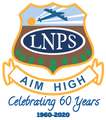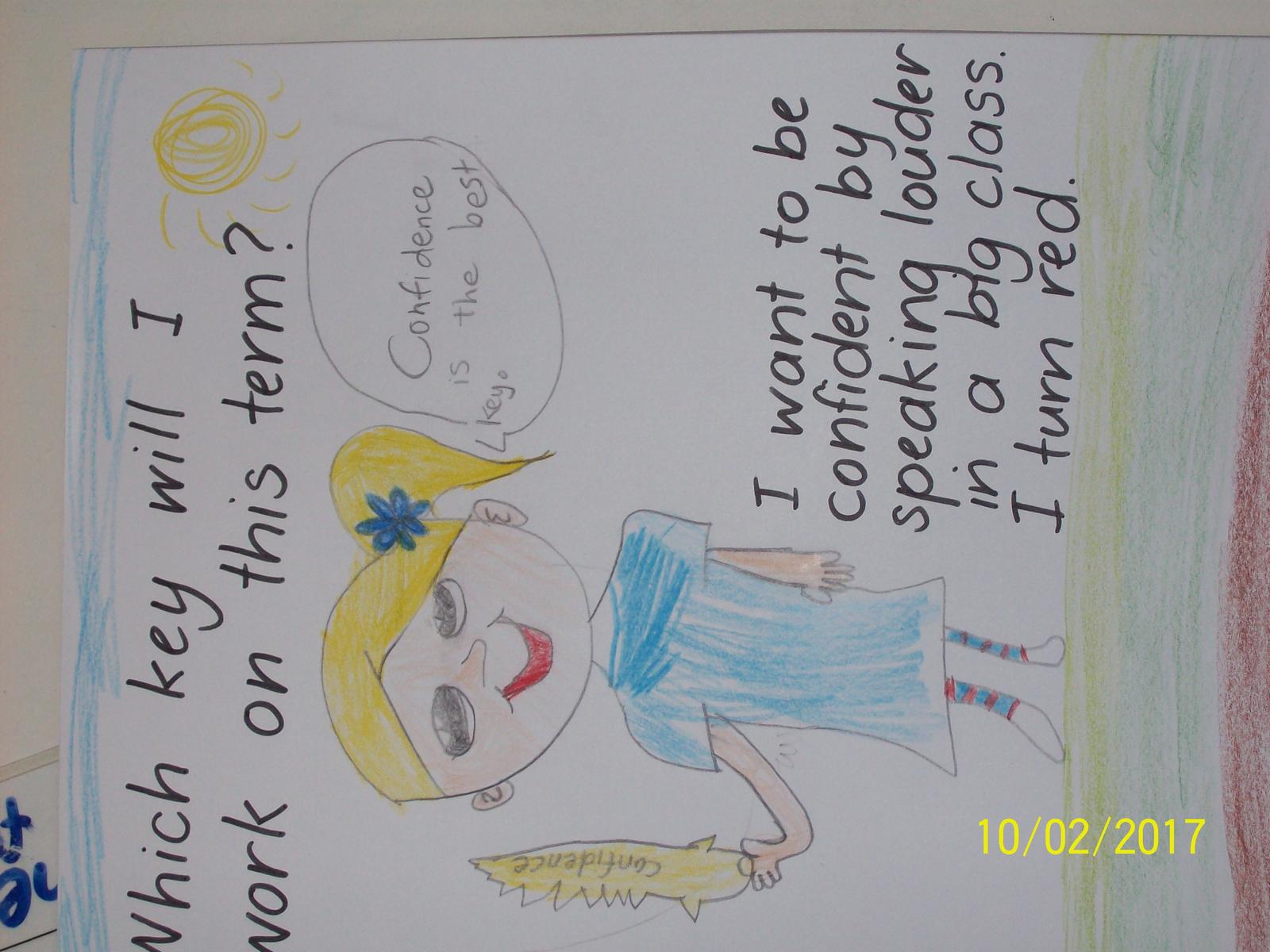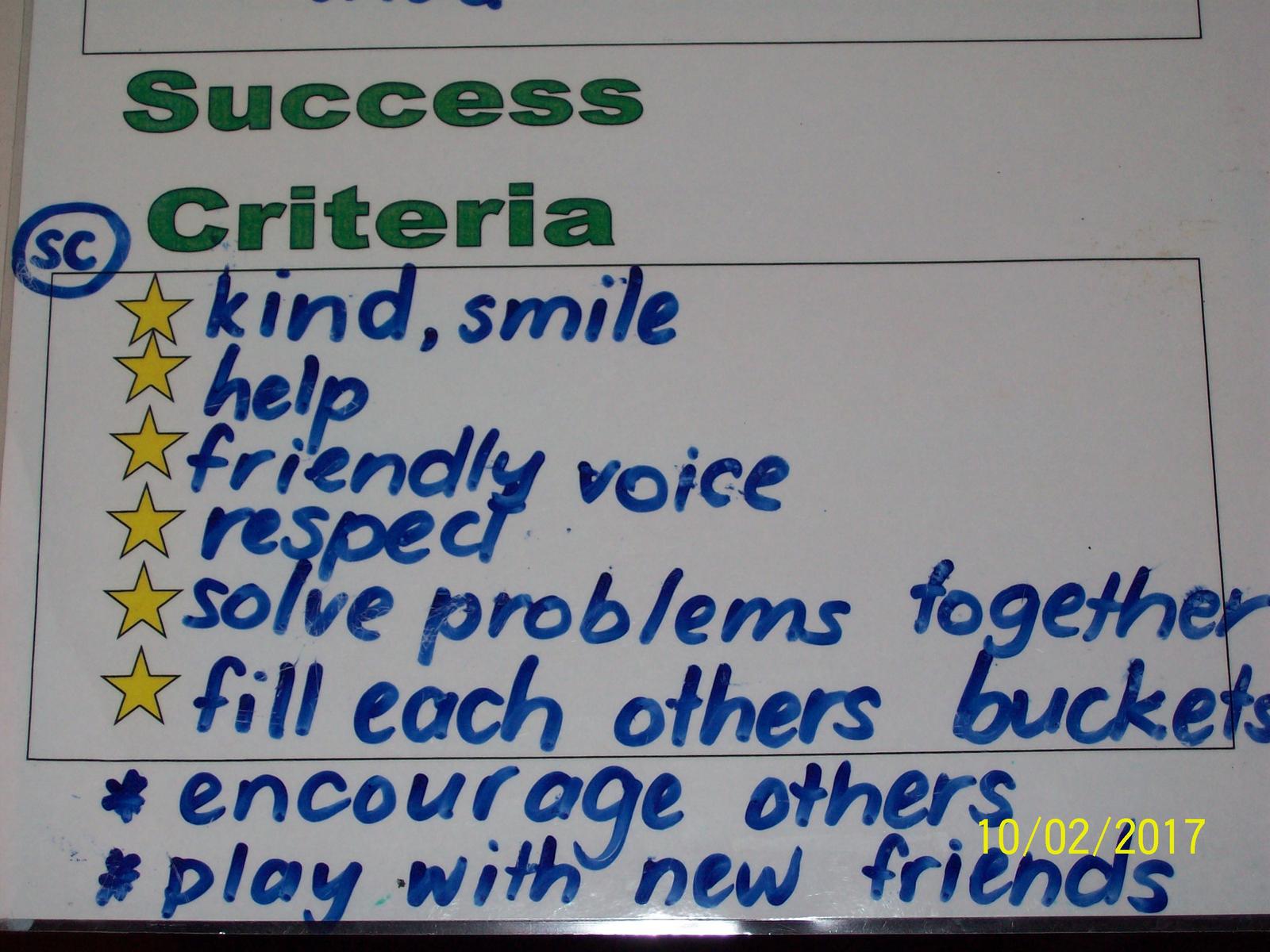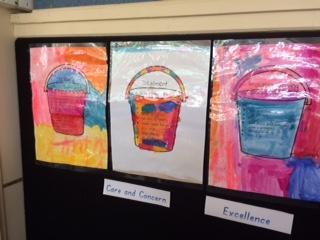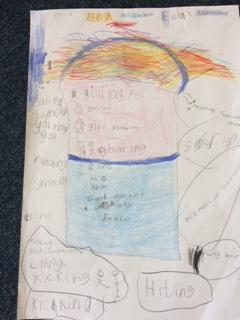Continuity
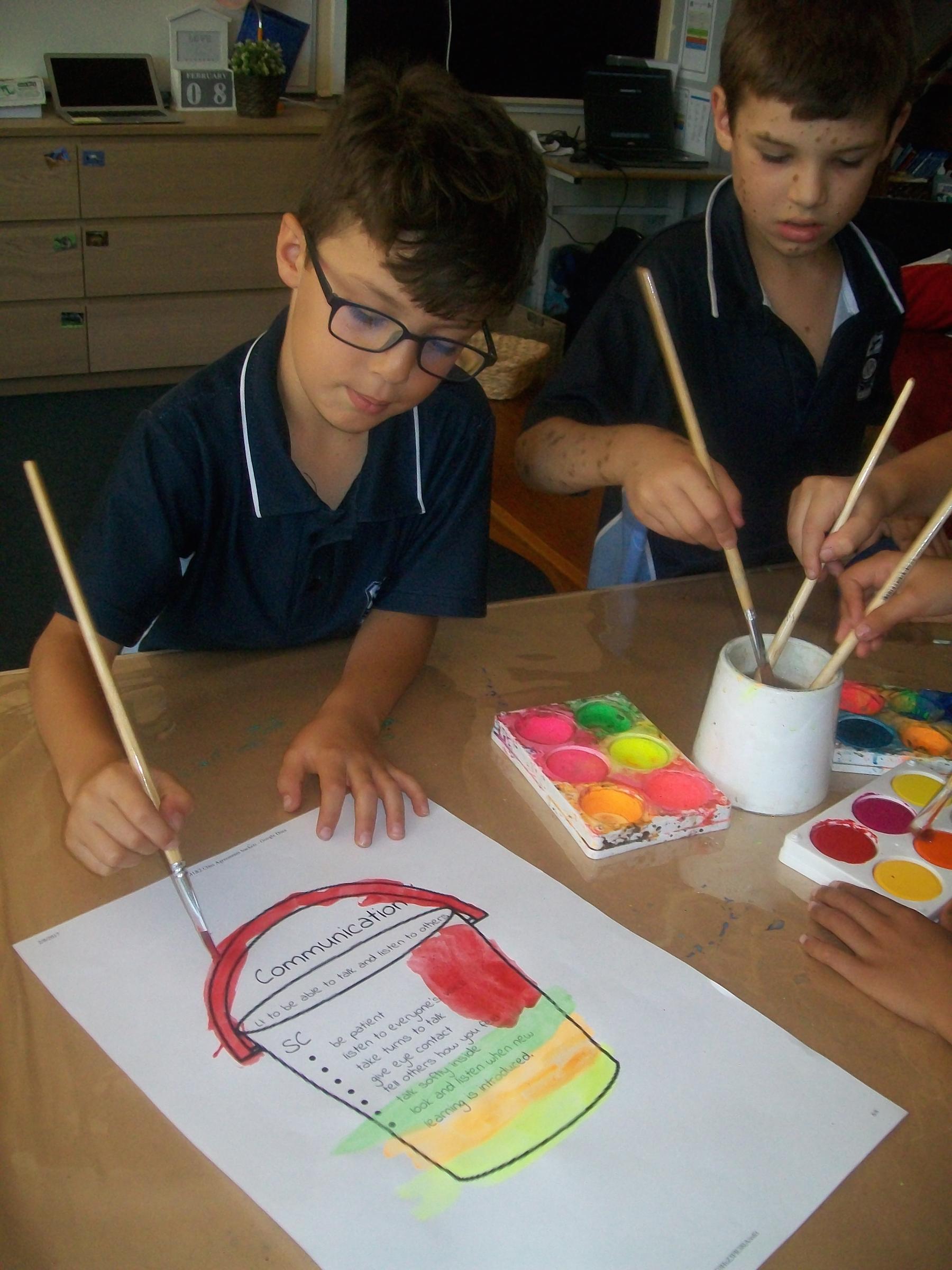
Continuity
Continuity is having connections so that everything keeps going smoothly without interruption. It is important at LNPS and allows for a seamless program delivery across the school and a smooth transition from one year level to the next and between different curriculum areas. Some examples of continuity at LNPS are the use of learning intentions and success criteria, classroom agreements and the keys to success.
At LNPS, we share learning intentions with our students so that they understand what we want them to know, understand and be able to do. This helps students to focus on the learning, rather than on the activity. Success criteria help teachers and students to decide if the students have been successful. The success criteria can be created by the teacher or with the students. Joint construction helps students to understand the criteria better and feel more ownership. Students use success criteria to work out how they can improve. The criteria also makes it easier for teachers and other students to give useful feedback.
At the beginning of the year, the students and the teachers make the class agreements together. All classes use the 6 headings: treatment, movement, safety, learning, problem solving and communication. Students think of ideas of how to treat people and equipment and how to move safely. This is then used to form agreements. Student involvement increases understanding and ownership.
In all learning spaces, we use the Keys to Success to help us learn, feel good, get along with each other and help others. The keys are: getting along, organisation, persistence (keeping trying), confidence (having a go) and resilience (being able to bounce back when something goes wrong).
